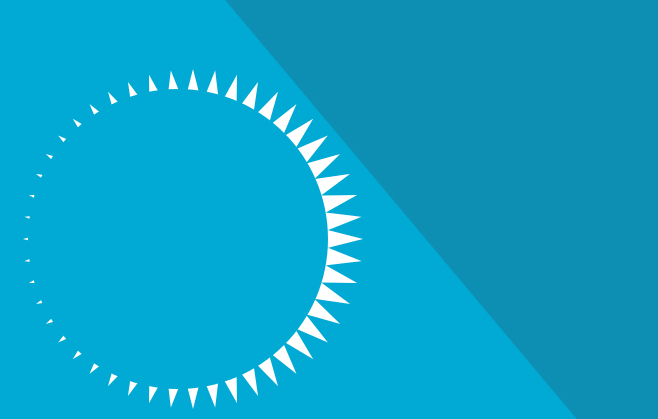
Dark social: Working around unchartered territory
Monitoring site referrals should be a simple enough task, with a multitude of analytics programmes showing where traffic is coming from. However, much of this traffic can go unaccounted for, especially if it is being generated from private channels such as email and messaging apps.
Untraceable traffic and link sharing is often referred to as “Dark social”- the types of referrals which can’t be tracked via analytics programmes- for instance privately shared content over WhatsApp, Facebook Messenger, or email. Traffic and link shares sent this way therefore make it difficult for brands to gauge the extent of their marketing efforts. 2015 results showed that a staggering amount of sharing is unaccounted for- to compare, studies show that sharing via social media accounted for 31 percent, while dark sharing made up the other 69%.
This poses particular problems, with companies unable to offer customers the types of experiences or products they might really want, in turn hindering their future marketing tactics. And where specific events or campaigns are concerned, dark social can also affect brand messaging, reach, and the ability to predict outcomes. In the run up to last year’s general election for example, there was concern that voter sentiment was largely untrackable, due to opinions shared over WhatsApp as opposed to public forums. A study conducted by RadiumOne revealed that 51% of Election-related content regarding the UK’s main parties was shared via dark social channels, with as much as 80% relating to the Green Party. This not only made it difficult for analysts, but also for campaign marketers, who were unable to address specific concerns or sway public opinion, since they simply relied upon Facebook and Twitter results.
With this in mind, how are brands trying to find a solution? Adidas is one such company to tackle the issue head on, with plans to use WhatsApp for greater consumer insights. As reported by The Drum, the brand revealed that it will use “squads” who will go live on the app in Berlin, London, Paris, Milan and Stockholm throughout March, with the intention of learning more about its dark social media, how to optimise this area, and what fan communities are discussing. This is the second time where Adidas has explored dark social- during last year’s UEFA Champions League final, the brand used squads to send content via Twitter Direct Message, and invited a select group of fans to have a conversation with a sponsored player. It’s clear that tapping into unchartered territory is one of the best ways to gauge true customer opinion, and should ultimately enable brands to create a more personal experience.
So how can brands optimise for dark social? Firstly, businesses must ensure that their social sharing buttons are highly visible and present on each web-page, email newsletter, and any other digital content, so viewers are encouraged to share openly. And aside from sharing to email and social media, sharing via WhatsApp functionality is essential- many users are inclined to send links this way, and in fact, WhatsApp sharing accounts for around 18%, exceeding Twitter. Another method to prevent untraceable sharing, is to disable copy and paste buttons on site pages and images- this might force visitors to send a link directly to their email instead.
Are you concerned that much of your social media marketing goes unaccounted for? What do you think brands can do to ensure better tracking? We’d love to hear your thoughts, so please tweet to us @PracticeDigital and share your comments on our Facebook page.




